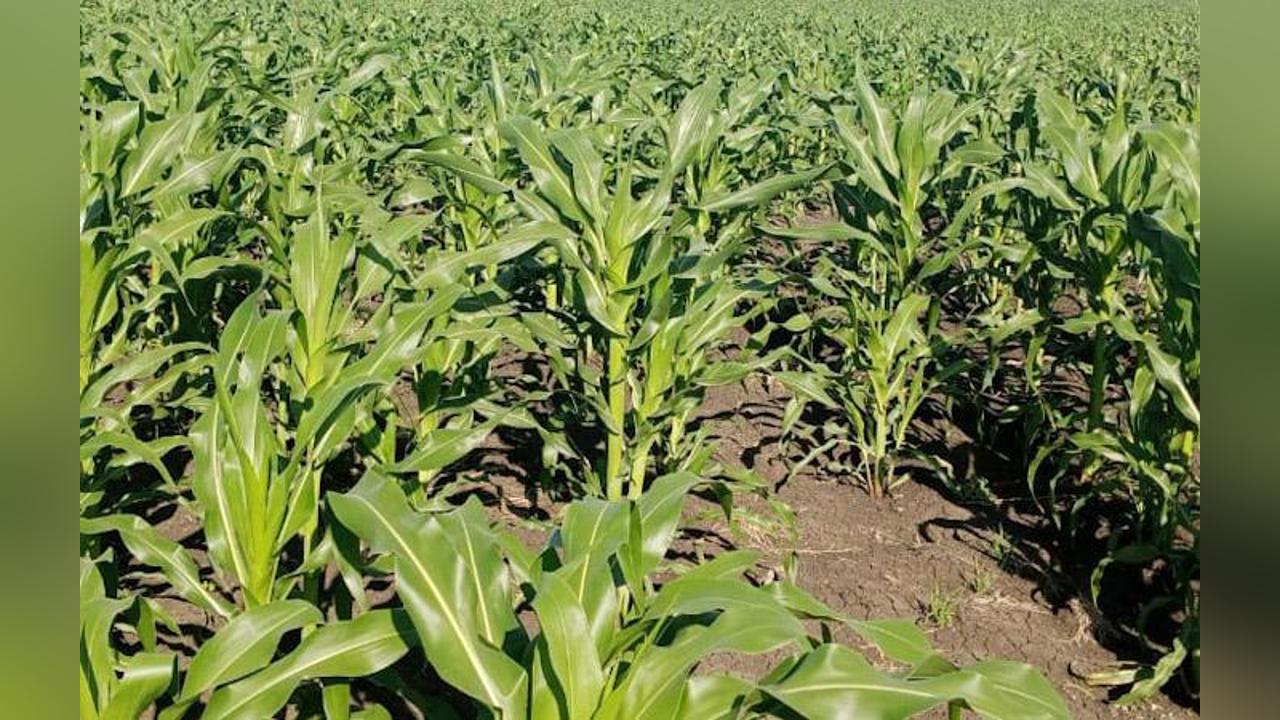Africa-Press – Angola. Of the three million 194 thousand and 395 kilometers of cultivable area, Angola explores only 662,570 kilometers, which corresponds to 20%, said Tuesday, the Minister of Economy and Planning, Mário Caetano João.
According to data from the National Institute of Statistics (INE), the provinces of Uíge and Zaire have the richest soils in the country.
According to the government official, who was speaking during the consultation session of political parties with parliamentary seats, within the scope of the Angola 2050 Long-Term Strategy, in order to change this desideratum, there is a need to work together with other sectors.
He pointed out that there can only be development of the agriculture sector with the involvement of the areas of energy and water, urbanism and housing, among other areas that are fully connected and that contribute to the growth and development of the country’s economy.
On the occasion, he pointed out five axes that were at the basis of the elaboration of the new strategy, namely investment in human capital, in infrastructures, in the fields of energy, roads, telecommunications, as well as in the diversification of the national economy.
The rational use of the country’s natural resources, in order to serve future generations, the right to equal opportunities complement the aforementioned axes that guided the elaboration of the long-term strategy, according to the official.
It considered Angola 2050 as a central instrument of the National Planning System, with a vision of development and long-term economic growth, as a result of the revision of the previous plan, called Angola 2025.
In order to guarantee its full implementation, he listed three principles that were observed for its elaboration, namely easy monitoring, search for economic and financial coherence, as well as the need for greater articulation between the intervening ministerial sectors.
On his turn, the president of the PRS party, Benedito Daniel, considered the consultation act as a great opportunity for them to outline the future together, defining priority actions according to needs and specific conditions.
In his contribution, he listed the issue of not delimiting demography or reducing the birth rate, on the contrary, he underlined that there must be a balance between the country’s wealth and the number of the population so that the economy is remarkable in the lives of Angolan families.
On her turn, MPLA MP Idalina Valente said, during her contribution, that demographic growth must be balanced with the increase in wealth, but there cannot be greater demographic advancement at a pace higher than the country’s economy.
Strategy predicts yields
In the Government’s projections, the diversification of the economy will also allow greater accuracy in the distribution of income and, in this way, raise the standard of living of a large part of the Angolan population.
“With this result, the forecast is that the proportion of the population living below the poverty level will reduce to 18% against the current 31%”, according to a plan that also foresees that “by 2050 more than 95% of GDP per capita will be generated by the non-oil sector, which will be based on increasing the productivity of the various sectors that include it”, said the Angolan official.
At sectoral level, the Angolan Government forecasts that agriculture and livestock will increase their contribution in absolute value by about four times more compared to 2022, becoming the third largest productivity sector with about 15% of the country’s GDP .
The industry sector is expected to increase by about seven times, becoming the second largest sector of activity with around 20% of GDP, based on a strong growth in agribusiness, light industry and intensive industry including petrochemical refining and steel.
For More News And Analysis About Angola Follow Africa-Press






